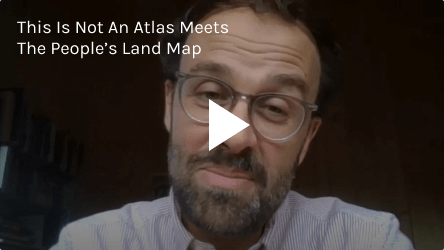Ndifuna Ukwazi is a non-profit activist organisation and law centre that combines research, community organising and litigation in campaigns to advance urban land justice in Cape Town. Our primary mission is to expand and protect access to affordable housing towards building a more just and equal city. We have created this map with the aim of raising awareness around the amount of available public land in Cape Town, and to invite the public to participate in conceptualising how these underutilised and vacant spaces can and should be used differently to build a more just future. This map is a challenge to the national, provincial and local government’s lack of transparency around public land, poor public participation around decisions on public land, and the way in which it traditionally engages with issues of land and housing.
While every effort is made to ensure the accuracy of information, Ndifuna Ukwazi makes no warranties as to the correctness of the information supplied. The methodology used for developing the public land map is more fully described at (insert link to the more detailed document about methodology). The public land map does not constitute professional advice. Ndifuna Ukwazi and/or the members of its board, its donors its staff and its website service provider (hereinafter collectively referred to as “Ndifuna Ukwazi”) shall not be liable for any improper or incorrect use of the information described and/or contained herein. Ndifuna Ukwazi assumes no responsibility for any person's use of information and such person relying on the information described and/or contained herein does so entirely at their own risk.
Ndifuna Ukwazi will not be liable for any claims whatsoever, howsoever arising, in connection to, or out of the use of, or upon reliance on information described and/or contained herein, whether or not such claim is attributable to any negligent act or omission on the part of Ndifuna Ukwazi.
